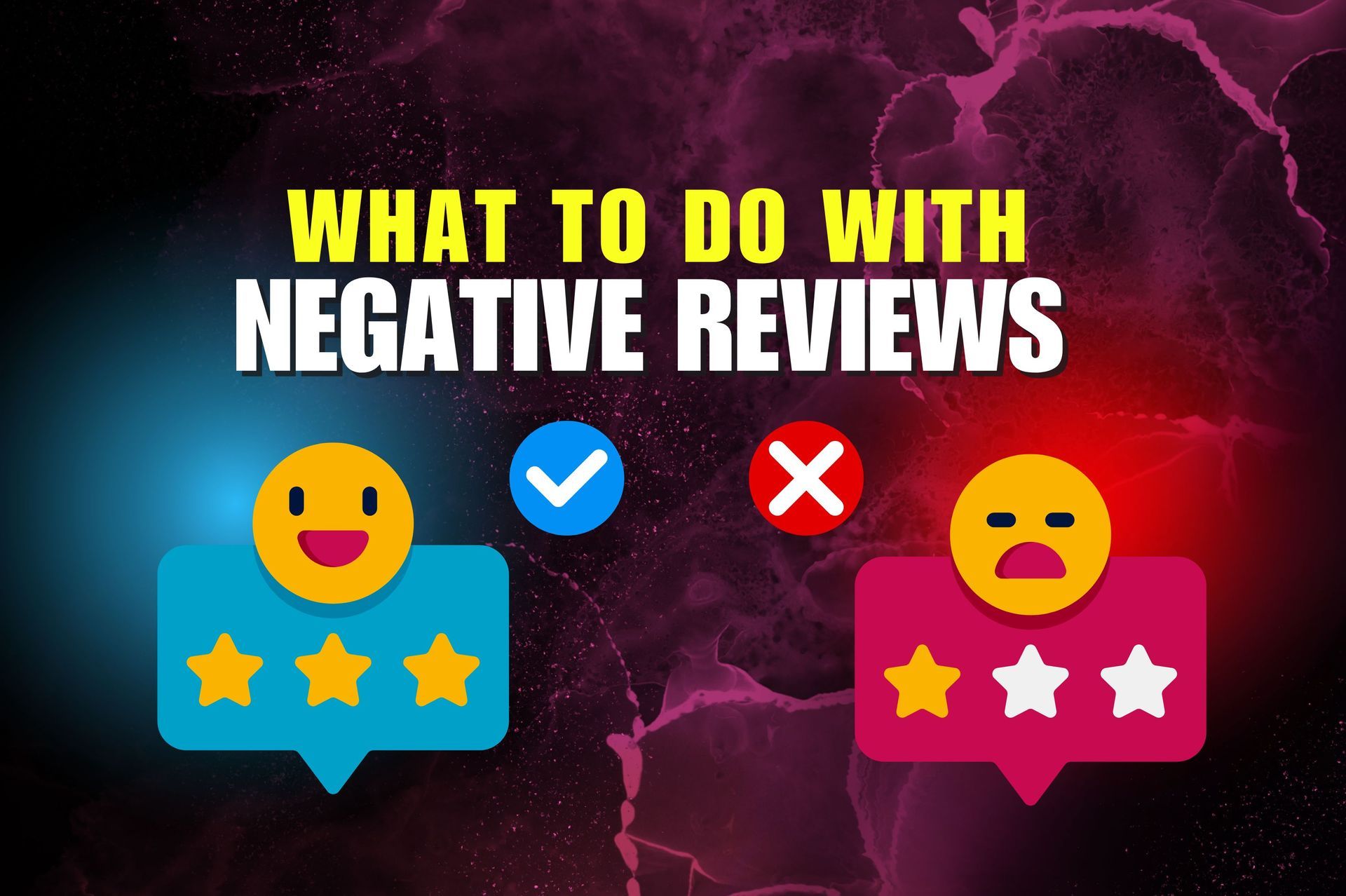What You Need to Know About Google AMP
If you had the option to make your website load four times faster, you would take it, right? This is exactly what Google offered when it introduced AMP listings into its mobile search results.
What is Google AMP and how does it impact your online presence? The term stands for “Accelerated Mobile Pages,” which then refer to web pages designed according to an open source specification. When validated, they are cached in Google’s AMP cache, allowing them to load instantly everywhere. For the searcher, it basically means that when you Google something using a mobile device, the search engine will produce a carousel that highlights stories on AMP-enabled sites. When you click on one of the links in the carousel, the article will load instantly.
It may not seem that it can help your cause much, but publishers actually swear by it. Tests have shown that AMPs load much faster and use far less data than the usual mobile-optimized pages. Understandably, a faster mobile web is better for both users and publishers.
How has this lightning-fast loading of publisher content on a mobile device been made possible? This is accomplished in two parts: by pre-rendering the content while limiting JavaScript use and by caching content so that there’s no need to fetch content from the publisher’s server.
Since studies say that 40 percent of users are likely to abandon a website that take more than three seconds to load, the major mobile players are bent on coming up with solutions for making websites work better on mobile. Generally, mobile pages take about eight seconds to load. Thus far, Facebook, Apple, and Google have responded to the challenge of improving page speed.
There’s a lot of jealousy and rivalry in the ever-evolving tech space. When Facebook revealed Instant Articles in May 2015, it wasn’t long after another important IT entity introduced something similar. In June 2015, Apple launched Apple News. Determined not to be left out of the mobile conversation, Google came out with its own offering and announced Accelerated Mobile Pages in October 2015. In a way, it bested the first two by giving publishers a platform to distribute content without going through an app.
It seems that websites would be smart to take advantage of Google AMP’s benefits, but is the platform really for everyone? The general observation is that Google AMP is mainly for publisher websites because it has limitations that sites that do more than serve content and ads will find too restrictive. For one, JavaScript isn’t allowed save for a JavaScript library Google provides to carry content. For another, some CSS can’t be used while others would have to be streamlined. Available HTML is also limited.
If you’re wondering if you should start AMP for your website, the answer is dependent on the kind of website you have. If it’s a content publisher on an ad revenue model, then doing so is highly recommended. If it’s not, you may want to try other tools instead.



















